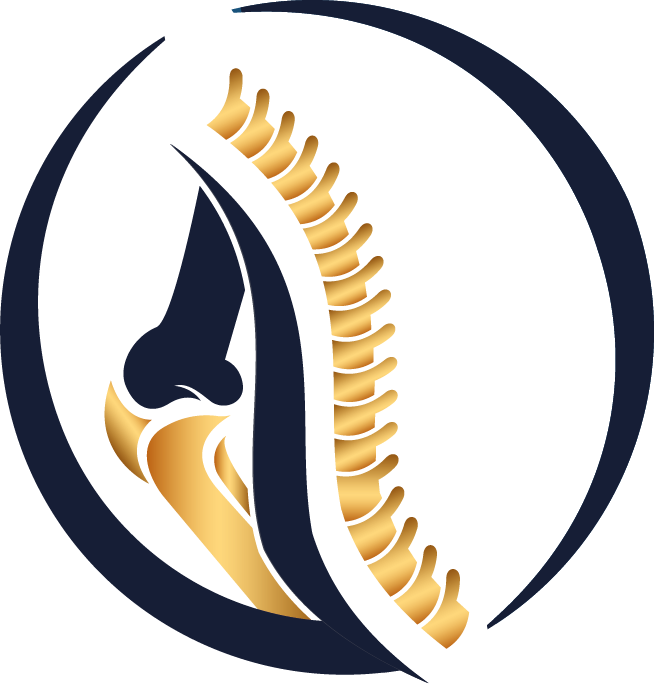Pediatric ACL Reconstruction: Physeal-sparing techniques
An ACL tear in a child or adolescent isn’t just about knee stability—it also involves protecting the growth plates (physes) so leg length and alignment develop normally. Treatment has a dual aim: restore confidence and control in the knee while safeguarding future growth.
The foundation of a physeal-sparing plan is precise assessment. Exam and MRI define the tear pattern, associated meniscus injuries and ligament balance. We estimate remaining growth; when growth potential is high, techniques that avoid the physes are prioritised. As growth potential diminishes, adult-type reconstructions may be considered—always personalised.
Which techniques? All-epiphyseal reconstructions keep tunnels within the epiphysis; extra-physeal/ITB uses the iliotibial band along a path that bypasses the physes; partial transphyseal approaches employ small, carefully angled tunnels to minimise physeal impact when appropriate. Choice depends on age, growth remaining, tear pattern and sport goals.
Graft & fixation: Soft-tissue grafts (hamstrings, or ITB autograft for extra-physeal) are common. Fixation aims to keep hardware away from the physes or use low-profile/resorbable solutions as suitable.
What drives success? Meniscus preservation when feasible, accurate tunnel positioning, tissue-respecting surgery and rehab adherence. With the right technique, risks such as growth disturbance, malalignment or leg-length difference are kept low and discussed openly.
Recovery timeline
Early phase: Swelling and pain control, quadriceps activation, and range of motion that progresses without forcing. Weight-bearing increases stepwise.
Middle phase: Coordination, balance and strength build; jogging, jumping and cutting are layered in with supervision.
Return to sport: A criteria-based pathway typically targets 9–12 months, confirmed by strength symmetry, hop tests and clean movement patterns.
Family & athlete communication: School/training calendars, transport and home exercises are planned together. We answer “When can I run? When can I return?” with measurable criteria. The goal is a stable knee with protected growth and a confident return to play.
Share your images and goals; we’ll send physeal-sparing options and a personal recovery plan within 24 hours.
 Türkçe
Türkçe
 Arabic
Arabic
